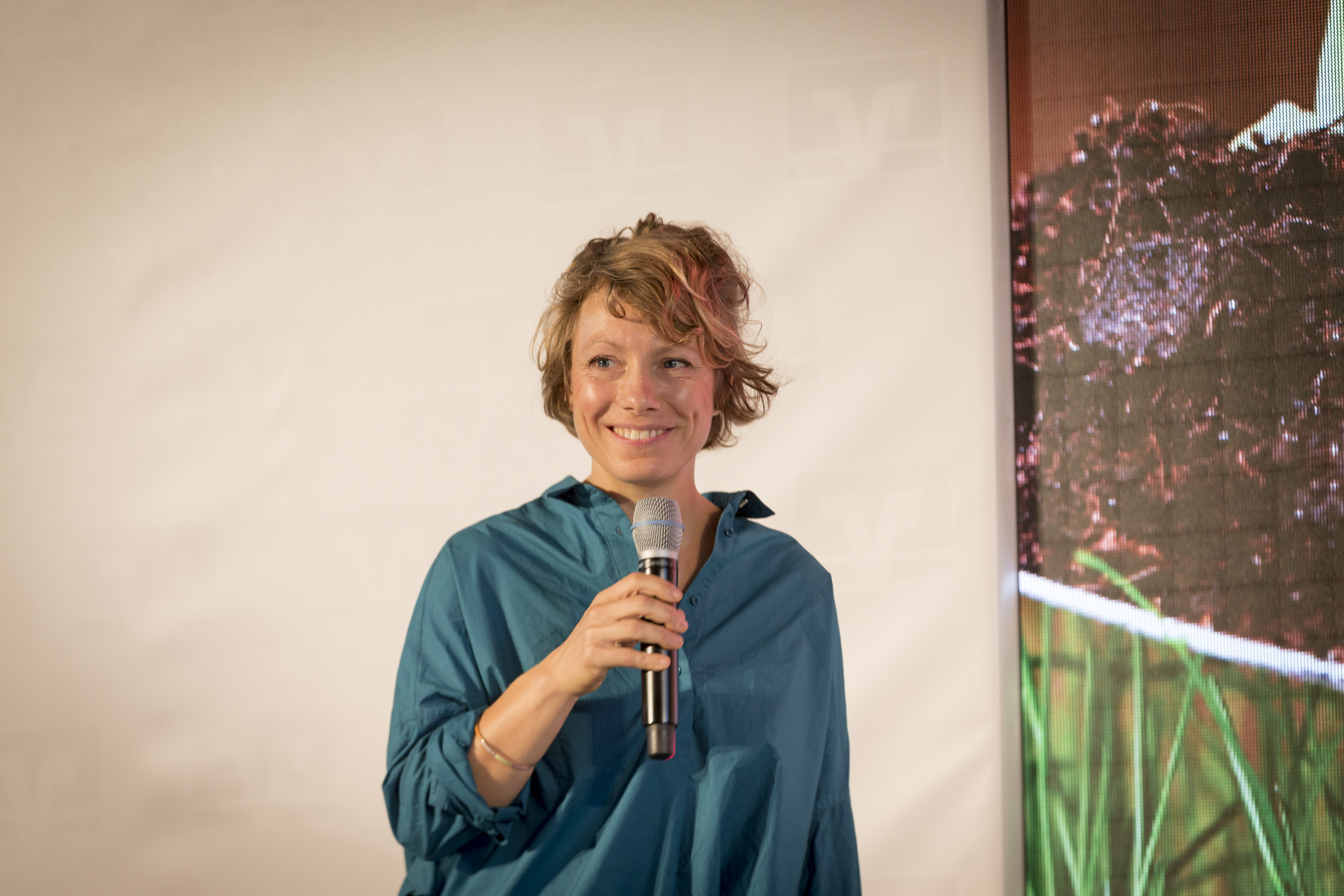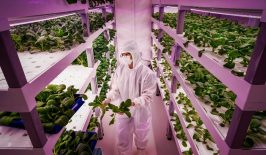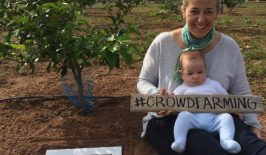With climate change disrupting rural agriculture all around the globe, urban dwellers are facing a new challenge. Cities will have to become less dependent on rural areas and global logistics chains to provide them with the food they need to feed their inhabitants – in the new future, they’ll have to start producing food themselves. And at the same time, we need to expand traditional farming to include more weather-resistant, climate- and resource-friendly farming methods.
Innovative cultivation methods and technologies are being worked on all around the globe to help find answers to these major challenges. One concept is vertical farming. On the 10th of October 2018, I gave a talk on the topic subject for RESET at an event organised by the Volks- and Raiffeisen banks called “Tag des ländlichen Raumes” (Day of Rural Areas) just outside Berlin.
The overall aim of the event was to present new trends in agriculture and nutrition, which could create opportunities for rural areas and the event’s programme was very diverse – including a personal talk by entrepreneur Sarah Wiener about her experiences as a farmer, a key note on regional superfoods, a closer look at village life and its future potentials and a meteorologist’s take on the importance of climate change for the region of Berlin and Brandenburg. My key note has now become a background article – including information on how vertical farming works exactly, a look at some of the most interesting and inspiring projects in cities around the world and a look forward to the future of indoor and vertical agriculture: Vertical Farming: Will the Food of the Future Grow Inside, Underground and Up in the Sky?









